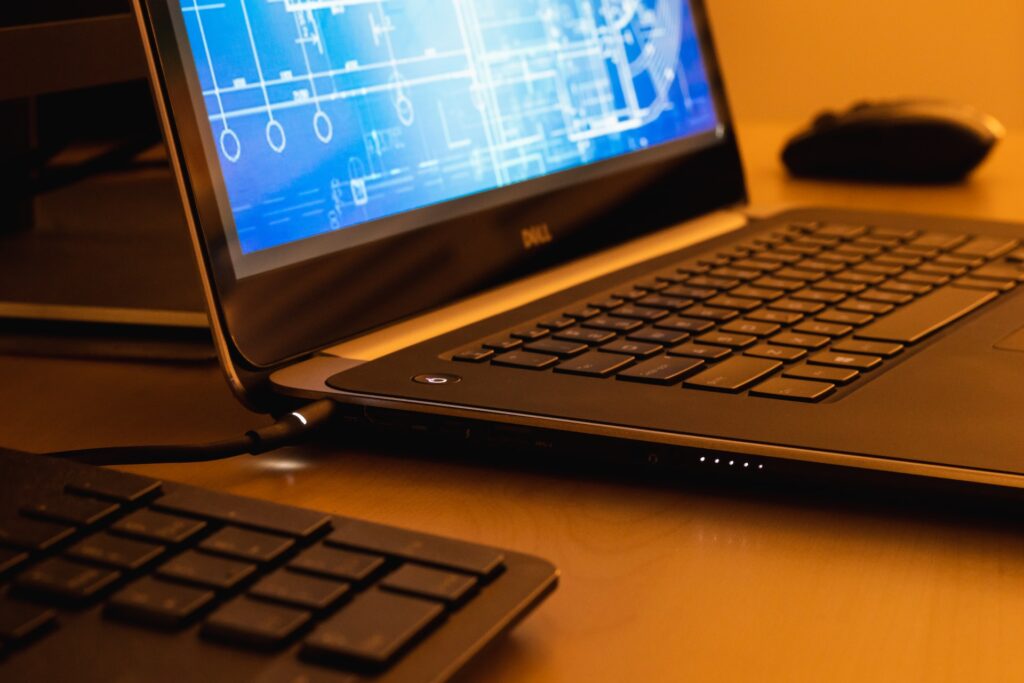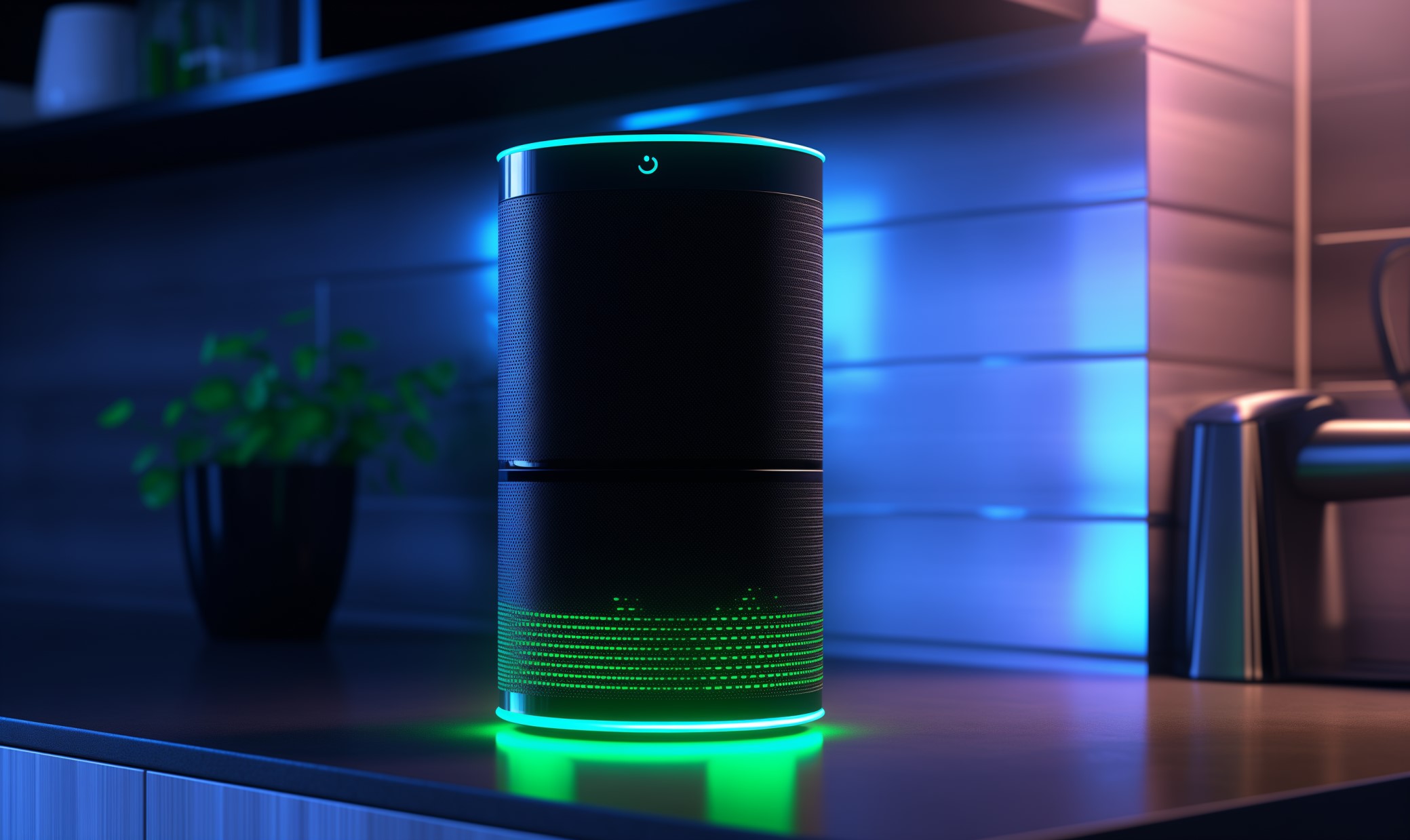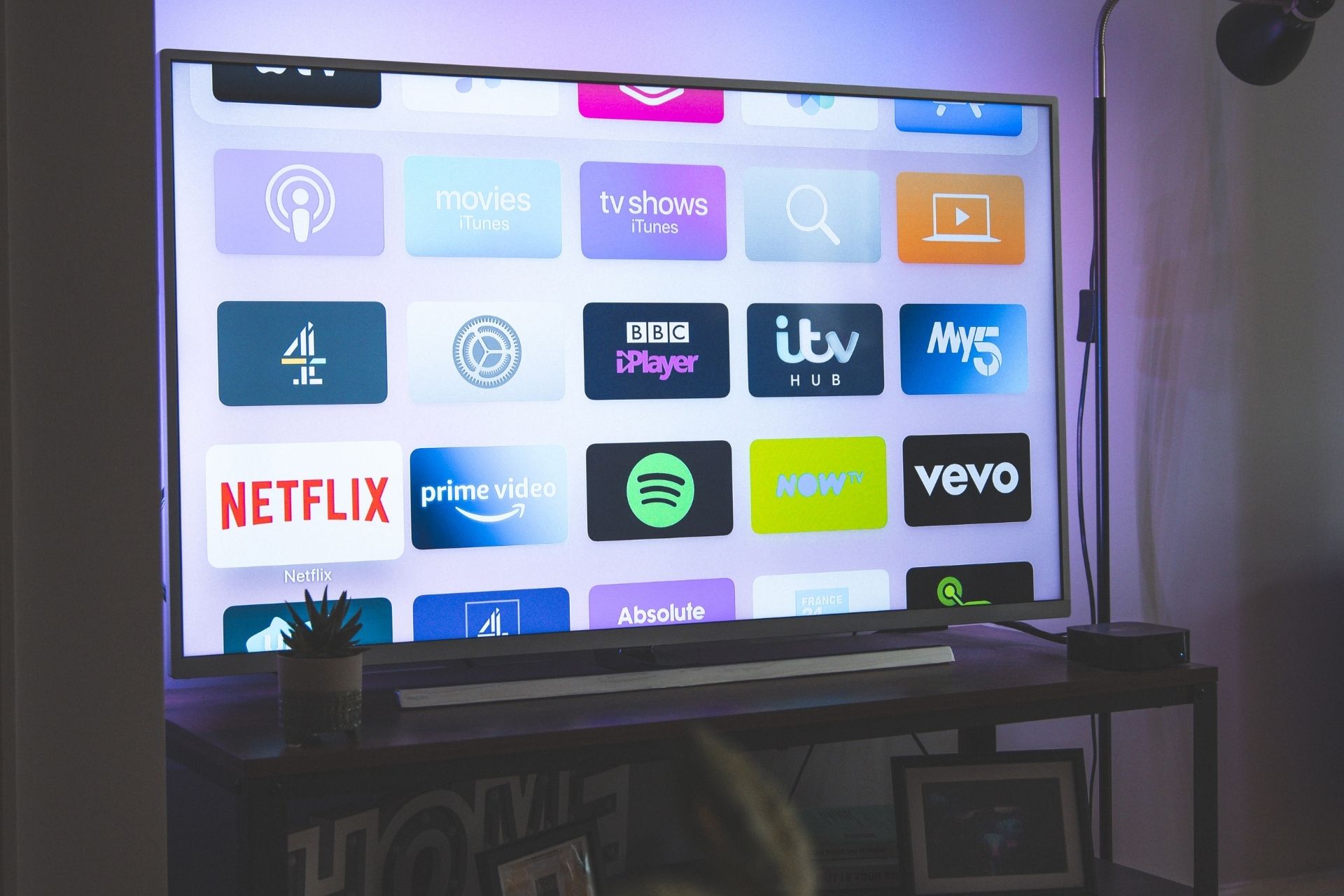If you’re looking to up your productivity at work or improve your gaming setup, adding a second laptop to your desk can be a significant benefit. Combining two screens can allow you to view much more at better speeds. But how do you use a laptop as a monitor?
Extending your display is a great way to increase your efficiency and viewing capabilities. Here is a look at how to use a laptop as a monitor.
What Laptops Have Dual-Screen Capabilities?
Once you decide to use a laptop as a monitor, you may be wondering if your laptop can automatically handle two or three screens at the same time. The answer is some can, while others may need a little extra help.
On Windows operating systems, you can check by going to the settings and seeing if you can choose multiple displays. Most PCs made after 2010 should have the graphics cards necessary to support more than one screen.
Macbooks may have a bit more trouble. While more recent laptops can support more than two external displays, specific models require more wires. You can check your Mac’s capabilities by searching Apple’s tech specs and scrolling down to Video Support or Display Support. The website should then tell you how many external monitors your laptop can use.
How to Use a Laptop as a Monitor
The methods for connecting a second laptop to your primary one differ between types and models. Whether you use Windows or iOS, here are the ways you can use a laptop as a monitor.
Windows 10 or Later
If you’re running Windows on version 10 or later, connecting a second monitor will be a snap. All you have to do is go into the Settings on the laptop you’ll use as a second screen, click System and select Projecting to This PC. There will be a few security adjustments you can make, which HP explains on their website.
Then, return to the laptop you’ll use as your central work station and hold down Windows Key + P. To have two separate displays, click Extend and select the secondary laptop. You should now be ready to calibrate the monitor’s displays and get to work.
Windows 8 or Earlier
You might be able to use the Extend feature on laptops with an operating system earlier than Windows 10. If you can’t, you’ll need to get a Microsoft Wireless Display Adapter.
To use it, you should first download the app of the same name from the Microsoft store. Then, plug the USB and HDMI ends into your secondary laptop. You should then see the adapter show up on your primary device and be able to connect to it.
iOS Apple Devices
Macbooks get a little more complicated. You’ll have to check the specs of your specific model to see how many external monitors it can support. Additionally, the wires you need depend on the chips or ports your laptop has. For example, one with the M1 chip will need an HDMI cable, while one with a Thunderbolt port will need an adapter along with an HDMI or VGA cord.
Once you have the two devices plugged into each other, your primary laptop should pick up the second screen. You can go into System Preferences, click Displays and go into Detect Displays if you need to do this manually.

Can You Connect Mac and Windows?
While the two tech giants are somewhat rivals, you can work to connect Macbook and Windows laptops as dual monitors.
Apple has a setup guide because you’ll need to set the two computers up to share files with each other. Then, you can connect them wirelessly or by using an Ethernet cable. The connectivity likely depends on the Macbook’s release year, so if the wireless method doesn’t seem possible, find a reliable Ethernet cord along with an adapter if necessary.
Use a Laptop as a Monitor to Increase Your Productivity
Splitting your screen can be a pain when you’re trying to work or game efficiently. Having two laptops in an extended display allows you to see what you need without needing to leave a program or flip through tabs. Use a laptop as a monitor and see how much more effective your setup can be.
Recent Stories
Follow Us On
Get the latest tech stories and news in seconds!
Sign up for our newsletter below to receive updates about technology trends














